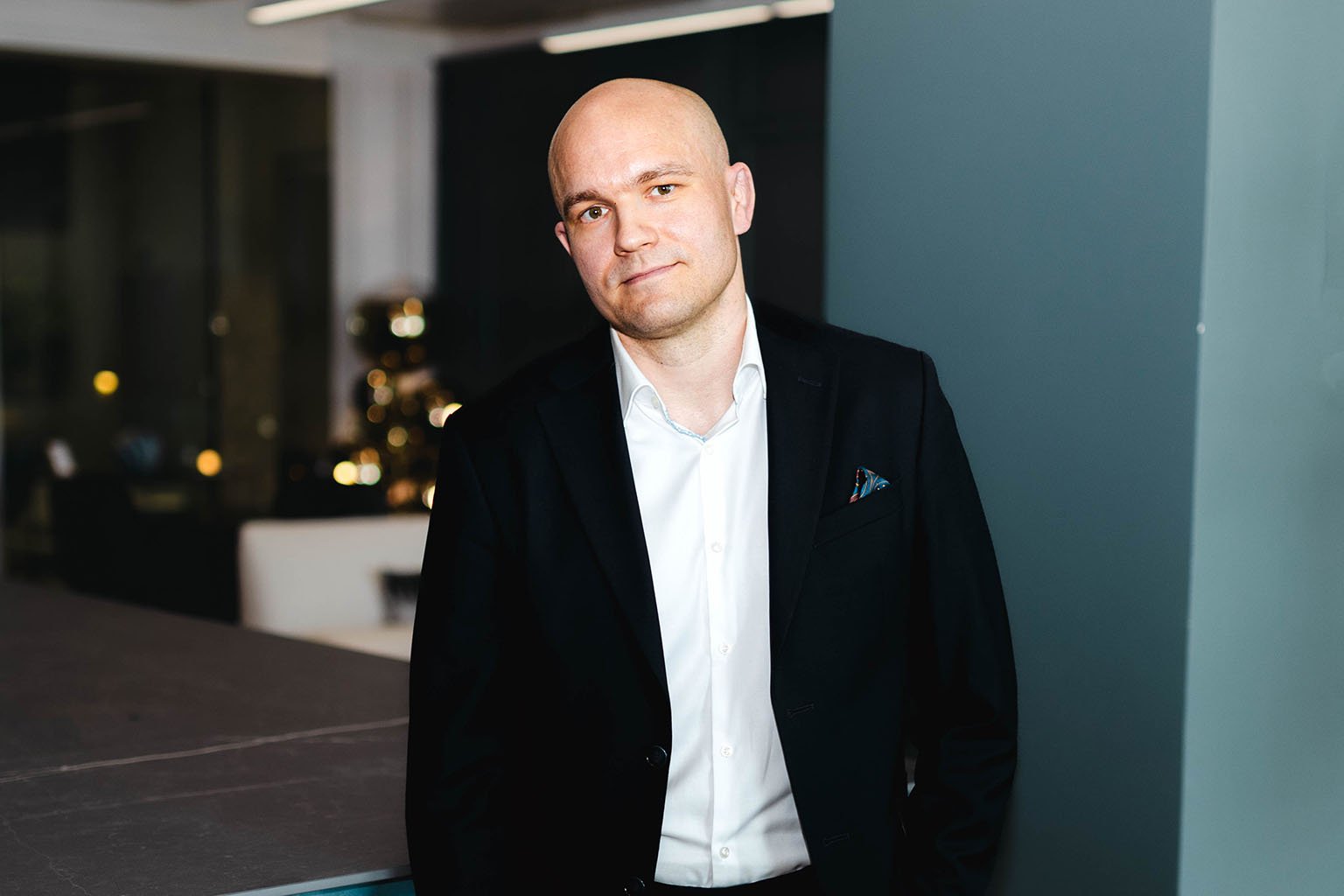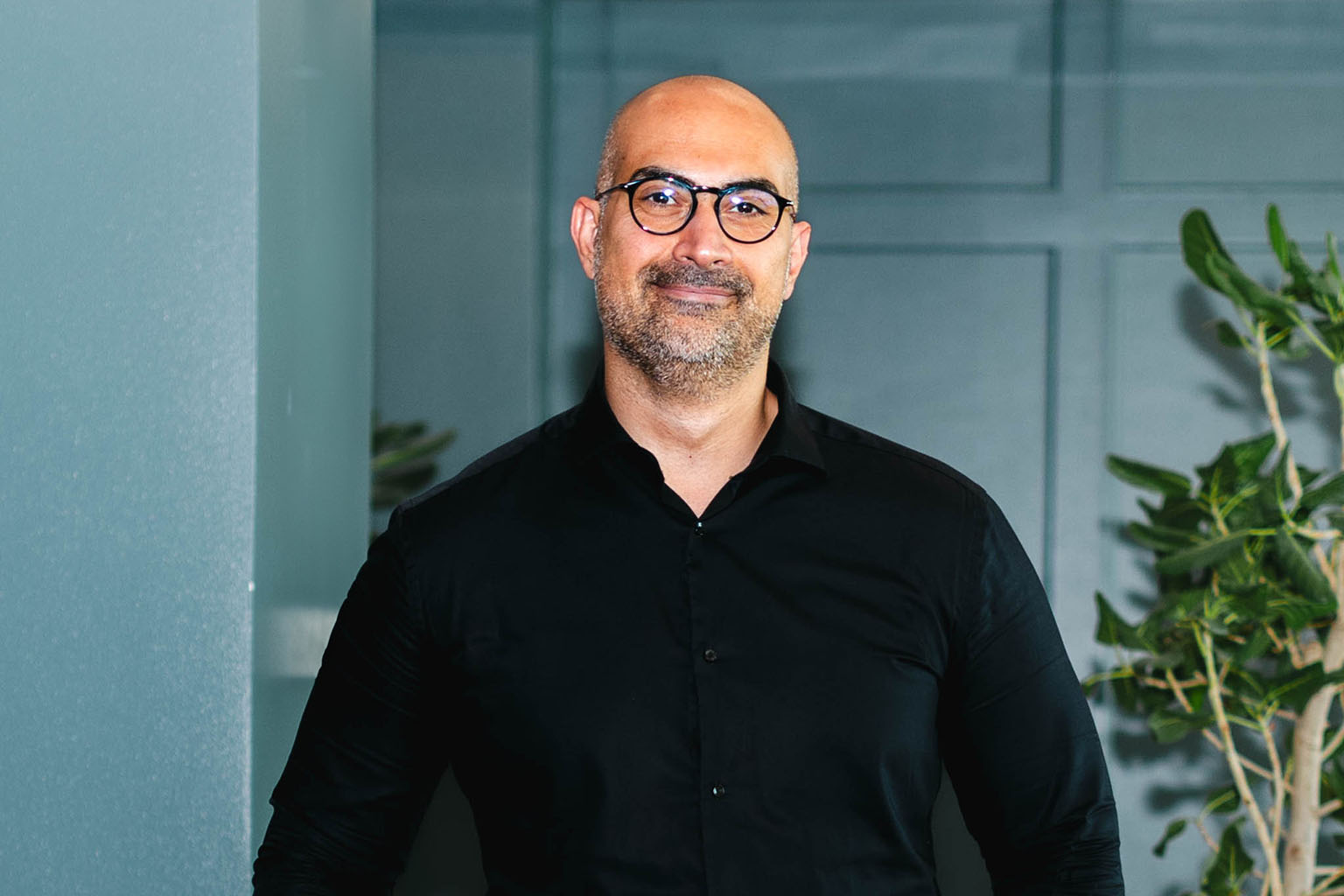
How OP Financial Group uses process automation to improve efficiency and customer experience
Discover the process automation journey of OP Financial Group, with a focus on the people-centric approach to automation and practical implementation tips.
What should modern organizations use automation for? How can they make sure the company culture is ready for it? Join our Data Insiders podcast as Jukka Moilanen from OP Financial Group and Kiarash Ghazi Zadeh from Tietoevry Tech Services share their insights on process automation experiences.
Process automation has come a long way in recent years, making it possible to let technology handle increasingly complex tasks. In Nordics, the financial services company OP Financial Group has set the benchmark for how this can translate to both business efficiency and happier customers. However, getting to that point has required years of work: efficient use of automation often means rewiring the entire mindset of the organization.

Having worked for OP for nearly a decade, IT Area Lead Jukka Moilanen has played an important role in this transformation process. We invited him to join our Data Insiders podcast together with Head of Process Automation and Excellence Kiarash Ghazi Zadeh from Tietoevry Tech Services.
The result was a lively conversation that covered the past, present and future of process automation – and why a human-centric approach is essential for success.
Identifying bottlenecks in processes
Moilanen originally found himself working with process automation due to practical reasons. In his previous role supervising the customer service team, he and his team members identified many processes that would benefit from streamlining. This eventually led him to a leading position in automation.
“In 2016, there was a lot of buzz about software robotics, and OP was at the forefront of this development," says Moilanen.
“Even though we were able to create a lot of value to our customers, back then the focus was on smaller procedures and automating repetitive routines”.
Recently, the trend has been to expand automation to longer and more complex business processes. New breakthroughs such as generative AI have greatly influenced this direction – although Moilanen believes that the biggest AI innovations are yet to come.

For modern automation, understanding both business needs and the ways of utilizing data is crucial. Ghazi Zadeh points out that in this context, process mining is a key competence. This refers to analytics work that studies logs to understand how the different processes inside an organization work – and where their bottlenecks are. Utilizing these findings, the companies gain a better understanding of how automation should be used and optimized.
Sometimes this means not using automation at all: at OP, it is emphasized that it is just one tool among many.
“The goal is always to do things better and smarter”, Moilanen elaborates.
“We focus on making the processes leaner first and only after that look into technical solutions. This ensures that the ways of applying automation have been carefully chosen.”
Prioritizing customer value
Process automation is often discussed in terms of maximizing efficiency. However, the greatest successes are achieved when automation is implemented in a human-centered way. At OP, this is well understood.
“Before, we mainly used to measure the results of automation by focusing on reduced working hours”, Moilanen explains.
“Later on, the increase in customer value has become just as important a metric”.
A prime example of this is the way OP utilizes automation in processing loan applications. Being able to review the applications at a much faster pace, resulting in greatly reduced waiting time for the patrons.

Automation is also a great way to react to situations in which customer needs change rapidly. During the corona years, OP offered their clients a free repayment suspension for their mortgages. Due to automation, the rapidly increased demand did not mean slower response times – a relief during times that for many were stressful enough as they were.
“As a customer, you won’t necessarily know which processes are automated – you’ll simply get service faster,” Moilanen states.
How should companies start their automation journey?
Ghazi Zadeh reveals that in his work, he often sees the general interest towards automation fluctuate with the times. An uncertain economy, for example, leads many companies to consider whether they could make their processes more efficient. But how should they get started?
“I often tell our clients that it’s a good idea to think big but start small”.
Moilanen agrees: embracing automation often means a shift in company culture – for which the entire organization needs to be prepared for. For OP, one example of this has been creating completely new positions and career paths around automation.
“It’s a good idea to engage people from the get-go, allowing them to be involved in the change. Similarly, it is vital to recognize the risks in order for the transformation to proceed smoothly.”
As an example, Moilanen brings up the myriads of regulations concerning the topic – another good reason to collaborate closely with all relevant stakeholders. Processes like these take time, but that doesn’t necessarily mean that the results should.
“You won’t reach the high-level goals right away. But with an iterative philosophy, you won’t have to wait for years to start creating value."
Learn how we help customers minimize process inefficiencies
Interested in learning more about this topic? Listen to the full episode on our Data Insiders podcast below!

Data changes the world – but does your company take full advantage of it? Data Insiders is a podcast where we seek answers to one question: how can data help us all do better business? The podcast addresses the trends and phenomena around this hot topic in an understandable and interesting way. Together with our guests, we share knowledge, offer collegial support and reveal the truth behind hype and buzzwords.




